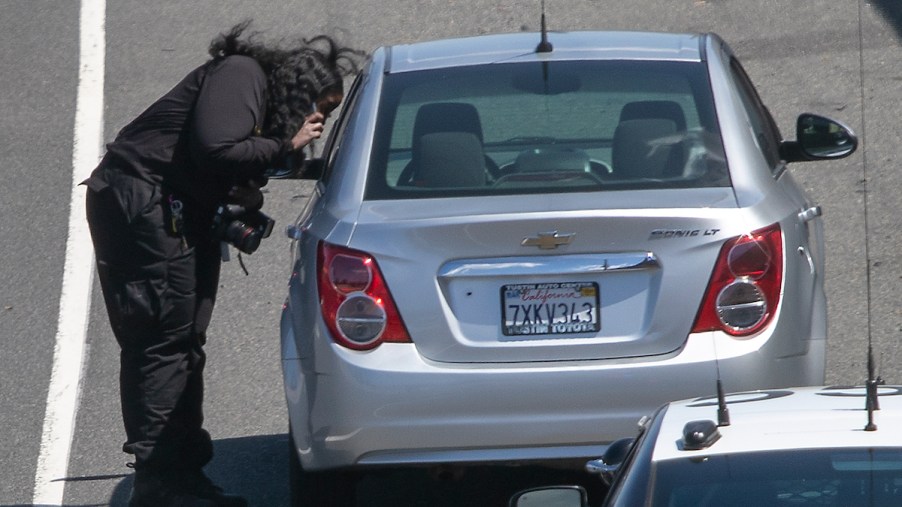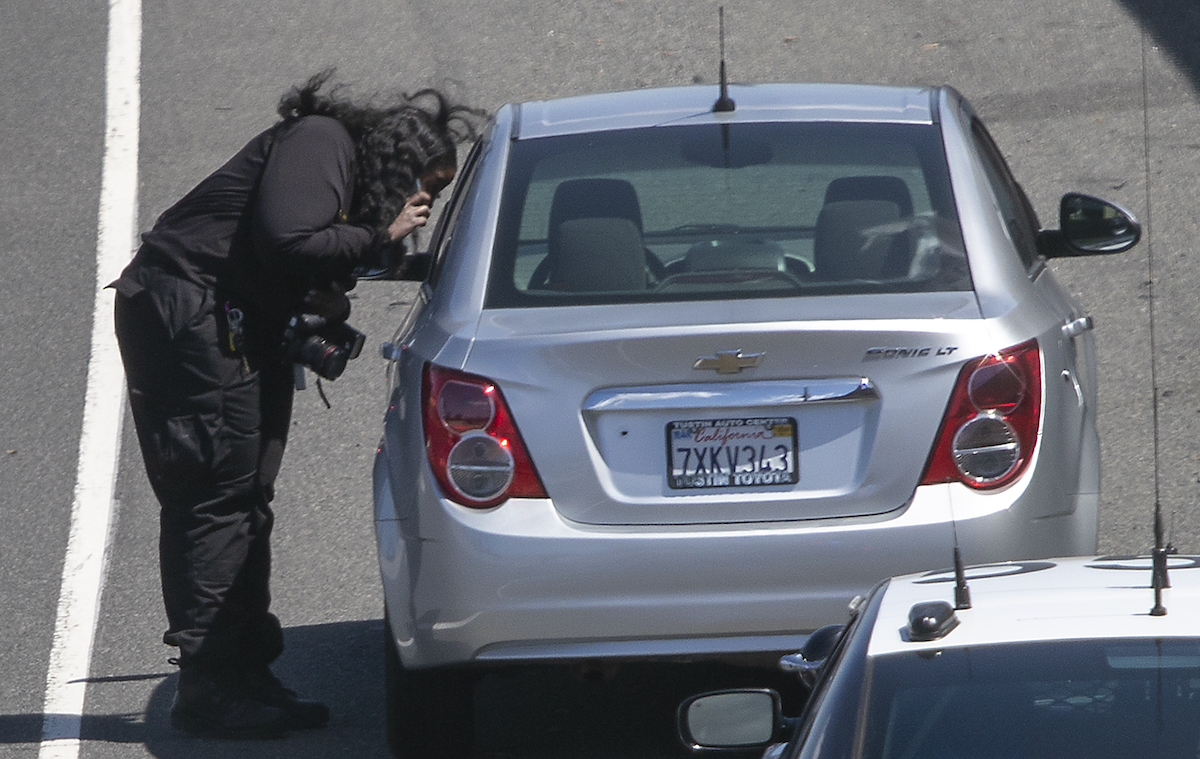
3 Factors That Contribute to Road Rage
Road rage can occur when a person becomes angry or frustrated with the stresses of driving. These intense emotions sometimes trigger drivers to retaliate intentionally and willfully against other road users. Examples of road rage include sudden braking in front of another vehicle, excessive screaming or shouting at other drivers, following other motorists, forcing another driver off the road, and physical attacks. Those situations can lead to car accidents, injuries, and fatalities. Below are three factors that contribute to road rage and the potential consequences.
1. Road rage can happen when drivers are running late

Access Auto Insurance says one of the main reasons why road rage occurs is running late. Rushing might cause motorists to become impatient and drive erratically to avoid missing appointments or being late for work. The unsafe driving might upset other drivers, resulting in angry behavior. To prevent dangerous driving caused by running late, motorists should leave plenty of travel time. Before leaving for their destination, drivers should check traffic reports for crashes, construction, and other potential delays.
2. Traffic delays can cause intense frustration
Heavy traffic can frustrate drivers, and any minor inconvenience could set them off. Drivers in heavy traffic tend to honk unnecessarily, which is usually unproductive and irritating to the other road users. To avoid frustrations caused by heavy traffic, drivers should check traffic reports and try to find alternate routes with less traffic congestion.
3. Anonymity makes drivers more apt to engage in violent behavior
Most drivers barely know one another and will probably never see each other again. That anonymity might make some motorists more comfortable engaging in unsafe behaviors such as cutting other drivers off, tailgating, or honking excessively.
What should you do if you are a victim of road rage?
Road rage incidents are terrifying and dangerous. Therefore, finding ways to minimize the risk of confrontation is vital. According to Top Driver, here are steps you can take to avoid road rage:
- Remain calm. Avoid provoking other drivers through behaviors such as blocking them, honking excessively, and gesturing rudely.
- Maintain a safe distance. Avoid a motorist driving unsafely to get revenge. Also, avoid speeding or weaving through traffic to evade the raging driver.
- Avoid stopping in a parking lot or on the shoulder. That could lead to a face-to-face altercation.
- Drive to the nearest police station if a raging driver is harassing you. They’ll be less likely to follow you there. You can also report to the police that a driver has harassed or tailgated you.
The potential consequences of road rage
Aggressive driving can lead to road rage incidents. However, state laws categorize aggressive driving and road rage differently. Many states consider acts of aggressive driving a misdemeanor traffic offense. In most cases, drivers face fines and possible jail time. The person might also lose driving privileges.
On the other hand, many state laws consider acts of road rage a criminal offense because it results from intentional and willful behaviors. Drivers found guilty of rage driving could face jail time, a felony conviction, or pay hefty fines. Laws vary by state, so check with your local DMV to learn more about your state’s road rage and aggressive driving laws.


